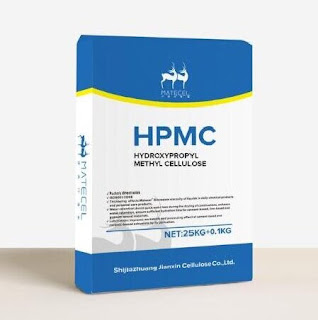What's so Special About Gas Ball Valves?
Gas ball valves follow the same principles of other ball valves, they are mostly two-piece construction and feature a ¼ turn shut off. That being said, they are not your standard ball valve. Gas ball valves require CSA approval in order to be used in combustible gas applications. In this blog we will explore more about this rating, testing, and some special features of gas ball valves.
Ratings make all the difference
The ratings for gas ball valves are set by CSA. There are different ratings depending on installation location (indoor vs. outdoor) and country (Canada vs. USA).
• Outdoor Gas Ratings
For a gas valve to be installed outdoors it must have CAN 3.16 approval in Canada and BRS125G approval in the USA.
• Indoor Gas Ratings
The CSA gas ratings for indoor approvals are ½ PSI and 5G. Just as it sounds, valves with these ratings can be installed indoors only. Both Canada & the USA use the same ratings for indoor valves. There are two different ratings because they have different applications, the ½ PSI rating is used for valves that are at appliances, while the 5G rating is for valves that are used in household piping systems.
Testing Gas Ball Valves
Working with combustible gas is not something you want to mess around with. Gas ball valves are no exception, they are tested to 1.5 times the stated working pressure. The one exception to this is the CAN 3.16 valves because they already require a much higher pressure. Here is what pressures the valves are tested to for the different ratings:
• ½ PSI - Test Pressure 3 PSIG
• 5G - 7.5 PSIG
• CAN 3.16 125 PSI Valves - 125 PSIG
• BRS125G PSI Valves - 188 PSIG (ANSI B16.33)
• PSIG = Pounds per square inch, gauge.
It is possible for gas valves to have different pressure and temperature ratings under the same CSA approval. Valves with a higher pressure and temperature rating have been tested to the higher ratings upon request from the manufacturer. However, all the valves must have met the CSA minimum test parameters with respect to pressure and temperature as outlined in the standard.
Special Features
• Yellow Handle
Most gas valves on the market have a yellow handle to signify that they have gas approvals. This is not an official fact but can be used as a quick visual indication. Always make sure that the correct approvals are on the valve before using it in a gas application.
• Pilot Tap
Some gas valves have a pilot tapping in them so a pressure gauge can be installed. This is for testing and/or monitoring the system pressure. Having a gauge right in the valve allows for the most accurate pressure to ensure the system is running at its full potential. The tapping is a standard 1/8” female pipe thread or FPT. Valves with a tapping include a 1/8” male pipe thread (MPT) plug with a tapered brass seat which makes a leak proof seal when tightened with a 3/16” Allen wrench.
Understanding what gas ball valve should be used for your application comes down to the ratings and where it will be going - do you need it to have ratings for indoor or outdoor use? When working with gas ball valves always consult a trained professional.
We are a industrial ball valves supplier. Please feel free to contact us if you need them!
Related Products:


评论
发表评论